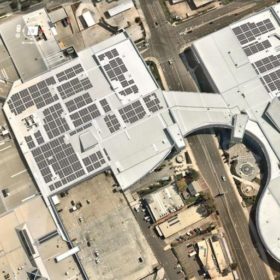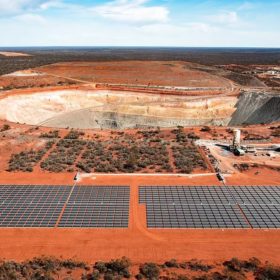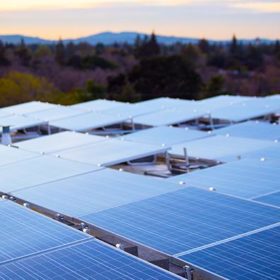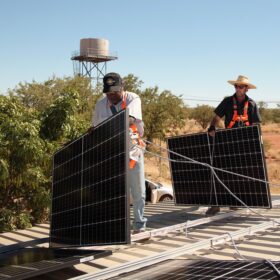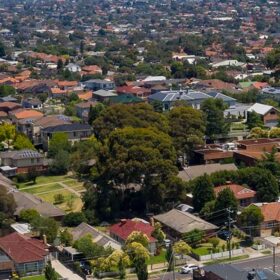EDF Renewables invests in Vietnamese PV rooftop market
The French energy group has invested an undisclosed sum in Vietnam’s SkyX Energy. The goal is to install 200 MWp of C&I PV rooftop capacity in the country.
CEP.Energy teams with Enerven to accelerate solar+storage strategy
Green energy fund CEP.Energy is forging ahead with plans to establish itself as a renewable powerhouse, appointing Adelaide-headquartered contractor Enerven to provide engineering, procurement and construction services as it looks to accelerate its ambition to build 1.5 GW of solar and 2 GW of big battery capacity around Australia.
Electro-thermal storage system for commercial applications launched
Developed by Swedish manufacturer Azelio, the system stores renewable energy in recycled aluminium and has an electrical and thermal energy output, with a total efficiency of 90 %. One unit’s storage capacity reaches 165 kWh of electrical output and on top of that thermal energy between 55-65 degrees Celsius. Its modular configuration allows the deployment of projects with a capacity of up to 100 MW.
Australian miner triples solar capacity at WA operation
Australian miner Northern Star Resources has partnered with independent power provider Nomadic Energy to more than triple the capacity of the solar farm at its Carosue Dam gold mining operation near Kalgoorlie in Western Australia.
City council powers ahead with 4 MW virtual power network
Victoria’s Hobsons Bay City Council is powering ahead with plans to establish a virtual power plant, confirming the installation of a combined 4 MW rooftop solar PV system across more than 40 council-owned buildings has begun in earnest.
Panasonic launches 5 kW fuel cell system for commercial applications
The system has dimensions of 834×417×1,766 mm and weighs 205 kg including the design panel. It achieves an electrical efficiency of 56% and can be connected with a hot water storage unit.
Solar-plus-hydrogen for air traffic control
A 19.8 kW PV system is powering a telecommunications antenna at a French air control centre. When it produces more energy than needed, the surplus is used to produce hydrogen which is then utilised to produce new electricity via a fuel cell system and provide power to the antenna during a period of up to five days. For short-term storage, lithium-ion batteries are used.
Saturday read: Keys to urban solar
Buildings are considered to be a major driver of emissions. In addition to the predicted billions of square meters of space that will be built across the world over the next decade, most developments standing today will still be around in 2050. Thus, retrofitting existing structures is seen as a key sustainability target. In the fourth quarter of 2021, pv magazine’s UP Initiative will focus on the role that solar and energy storage can play in greening the world’s urban spaces.
India added a record 521 MW of rooftop solar in Q2
The addition of 521 MW between April to June was India’s highest ever rooftop solar capacity installed in a single quarter.
Price increases hit US solar
Price increases, supply chain disruptions, and a series of trade risks are threatening the U.S.’s ability to decarbonise the grid, warned SEIA president and CEO Abigail Ross Hopper.

